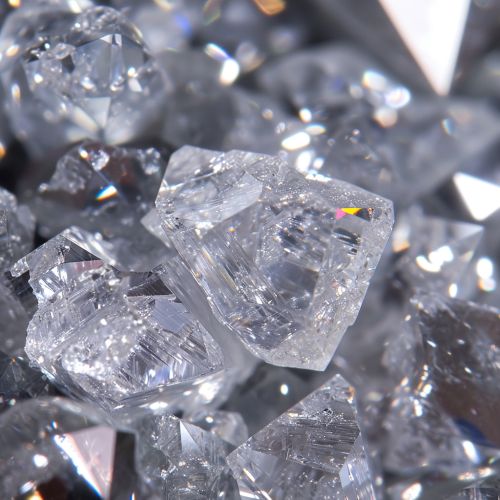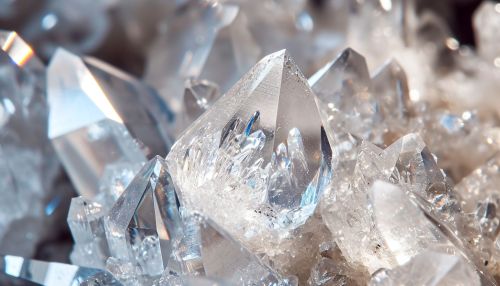Zirconia
Overview
Zirconia, also known as zirconium dioxide (ZrO2), is a white crystalline oxide of zirconium. It is produced by calcining zirconium compounds, exploiting its high thermal stability. This inorganic compound is notable for its variety of crystalline forms, each of which imparts unique physical properties.


Physical Properties
Zirconia is characterized by its high melting and boiling points, which stand at 2,715 °C and 4,300 °C respectively. It is insoluble in water, dilute acids, and alkalis. The compound has a density of 5.68 g/cm³ and a molecular weight of 123.22 g/mol. Zirconia is known for its high thermal expansion coefficient and low thermal conductivity, which make it an excellent thermal insulator.
Crystalline Forms
Zirconia exists in three main crystalline forms: monoclinic, tetragonal, and cubic. Each form has unique properties and potential applications.
Monoclinic Zirconia
Monoclinic zirconia is the most stable form at room temperature and under atmospheric pressure. It has a complex and distorted structure, with each zirconium atom surrounded by seven oxygen atoms.
Tetragonal Zirconia
Tetragonal zirconia is stable at high temperatures (1,170–2,370 °C). It has a simpler structure than monoclinic zirconia, with each zirconium atom surrounded by eight oxygen atoms.
Cubic Zirconia
Cubic zirconia is stable at even higher temperatures (above 2,370 °C). It is structurally simplest, with each zirconium atom surrounded by eight oxygen atoms. Cubic zirconia is often synthesized and used as a diamond simulant in jewelry due to its high refractive index and dispersion.
Production
Zirconia is typically produced from naturally occurring zircon (ZrSiO4) through a series of chemical reactions. The process involves the separation of zirconium from silicon, followed by the oxidation of zirconium to produce zirconia.
Applications
Zirconia is used in a wide range of applications due to its unique properties.
Ceramics
Zirconia's high melting point, hardness, and chemical resistance make it an ideal material for high-performance ceramics and refractories. It is used in the manufacture of crucibles, furnace linings, and ceramic cutting tools.
Medical Applications
Zirconia is biocompatible and has excellent wear resistance, making it a popular material for medical applications. It is used in the manufacture of dental crowns and bridges, as well as hip replacements.
Jewelry
Cubic zirconia, a synthetic form of zirconia, is often used as a diamond simulant in jewelry due to its high refractive index and dispersion.
